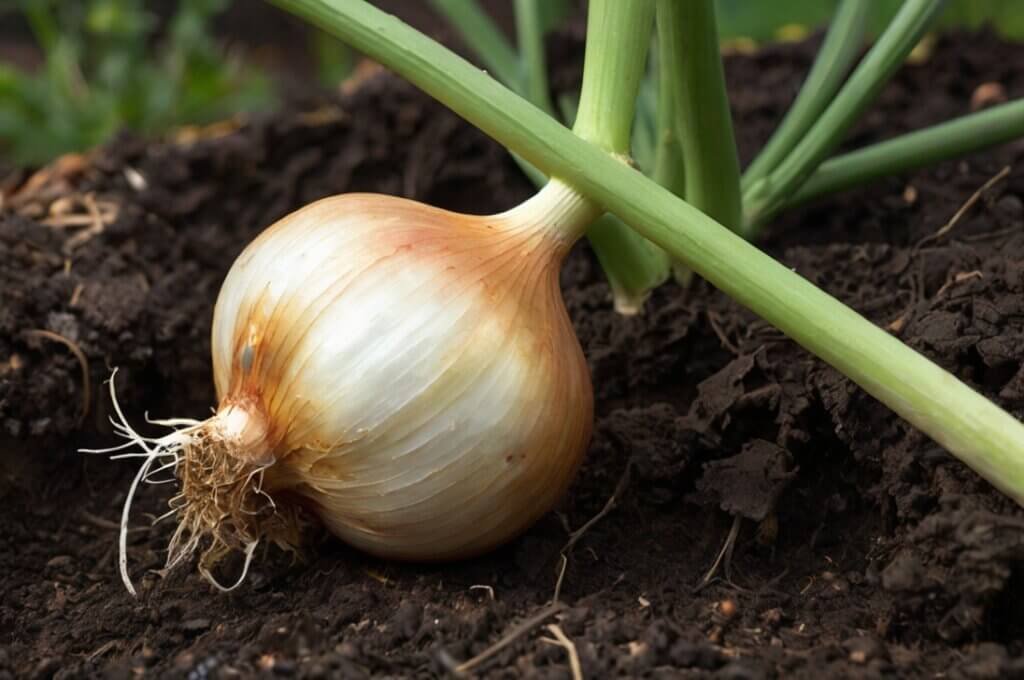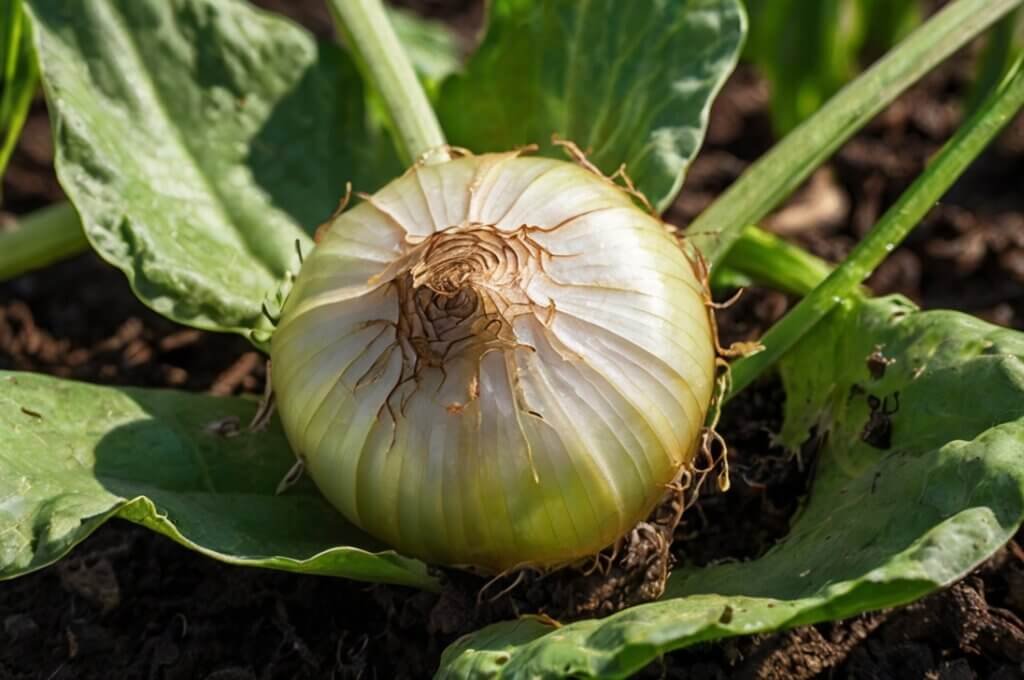
Welcome to your ultimate guide on tackling pest damage in your beloved vegetable garden!
Picture this: you’ve put your heart and soul into nurturing your vegetable patch, only to find it under siege by unwanted pests.
But fear not!
With the right knowledge and strategies, you can reclaim your garden and ensure bountiful harvests all season long.
What are Pest
Pests are any organisms that are harmful to humans or human interests.
They are particularly known for damaging crops, livestock, and forestry, as well as causing a nuisance in homes.
Pests can be plants, pathogens, invertebrates, vertebrates, or any organism that harms an ecosystem.
Some common examples of pests include insects, mites, nematodes, gastropod molluscs, rodents, elk, deer, rabbits, birds, reptiles, and other mammals.
Pathogens such as fungi, oomycetes, bacteria, and viruses can also be considered pests when they damage crops and garden plants.
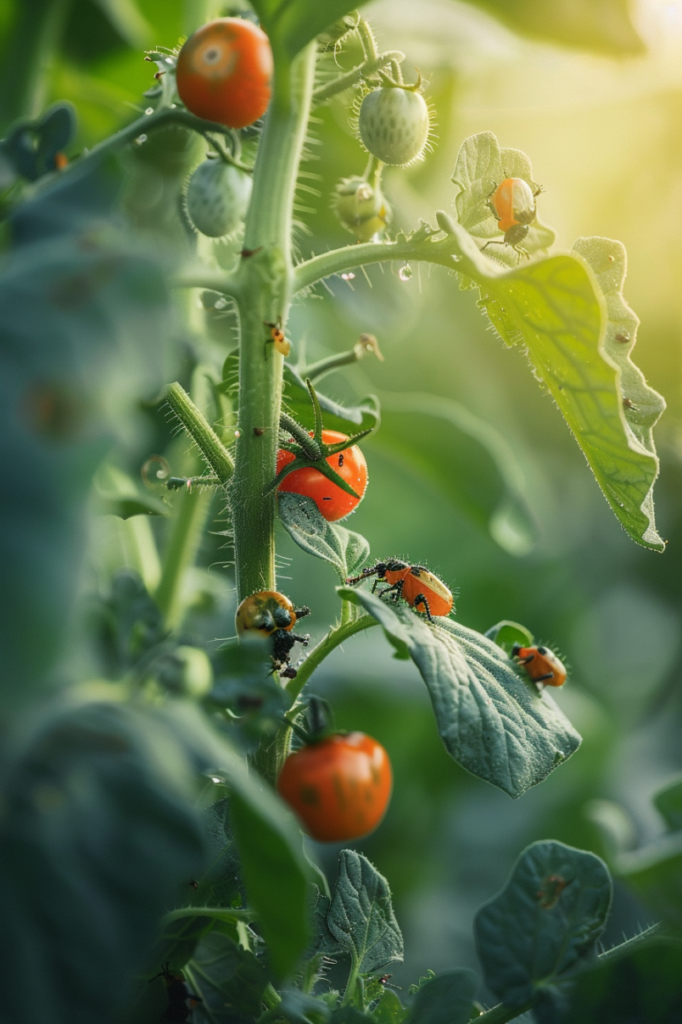
Common Vegetable Pests
Common vegetable pests come in a wide variety of forms, but some of the most frequent offenders include:
Insects
This is a large group with many members that love to munch on your vegetables. Some of the most common culprits include:
- Aphids: These tiny, soft-bodied insects suck the sap out of leaves, causing them to curl and turn yellow.
- Beetles: There are many different types of beetles that can damage vegetables, but some of the most common include cucumber beetles, potato beetles, and flea beetles.
- Caterpillars: These are the larvae of butterflies and moths, and they can be very destructive to vegetables. They chew large holes in leaves and can even eat entire fruits and vegetables.
- Squash bugs: These large, flat bugs suck the sap out of squash, pumpkins, and melons. They can also transmit diseases to these plants.
Mammals
Rabbits, deer, and groundhogs can all be attracted to a vegetable garden and will happily munch on your crops.
Birds
Birds can also be a problem in the vegetable garden. They may eat seeds, fruits, and vegetables.
Snails and slugs
These slimy creatures love to munch on leaves, seedlings, and fruit.
While feeding on plants, snails and slugs can carry and spread diseases from plant to plant.
Nematodes
These microscopic worms live in the soil and feed on the roots of plants.
They can cause stunted growth, wilting, and yellowing of leaves.

Signs of Pest Damage on Vegetable Plant
Here are the signs to watch out for that indicate your veggies might be under attack by pests:
Leaf damage
- Holes in leaves or stems: These holes can vary in size and shape, depending on the type of pest responsible. For example, caterpillars often leave behind large, jagged holes, while smaller insects like aphids may create tiny punctures.
- Chewed or ragged foliage: If you notice that the edges of your vegetable leaves are chewed or ragged, it’s a clear indication that pests are at work. Caterpillars and beetles are notorious for leaving behind this type of damage as they munch their way through your plants.
- Skeletonized leaves: If only the veins of the leaf remain, with the soft tissue eaten away, this is a sign of heavy feeding by insects with scraping mouthparts, like locusts or grasshoppers.
Overall plant health
- Wilting: Sudden wilting, especially during cooler hours, can indicate root damage from grubs, nematodes, or vole activity.
- Stunted growth: If your plants seem smaller and less vigorous than expected, it could be due to pests feeding on the roots or sucking sap from the leaves.
- Discoloration or yellowing of leaves: This can be a sign of several issues, but if accompanied by other signs of pest damage, it could be caused by sap-sucking insects like aphids or whiteflies. Also, as a result of pests feeding on the leaves or injecting toxins into the plant, disrupting its normal function.
- Curling or distorted leaves: Leaves that curl up or become misshapen can be caused by sucking insects that disrupt plant growth, or by herbicide damage.
Presence of pests
If you spot pests or their eggs directly on your vegetable plants, it’s a sure sign that they’re causing damage.
Take a close look at the undersides of leaves, along stems, and in the soil around your plants to identify any pests that may be lurking.
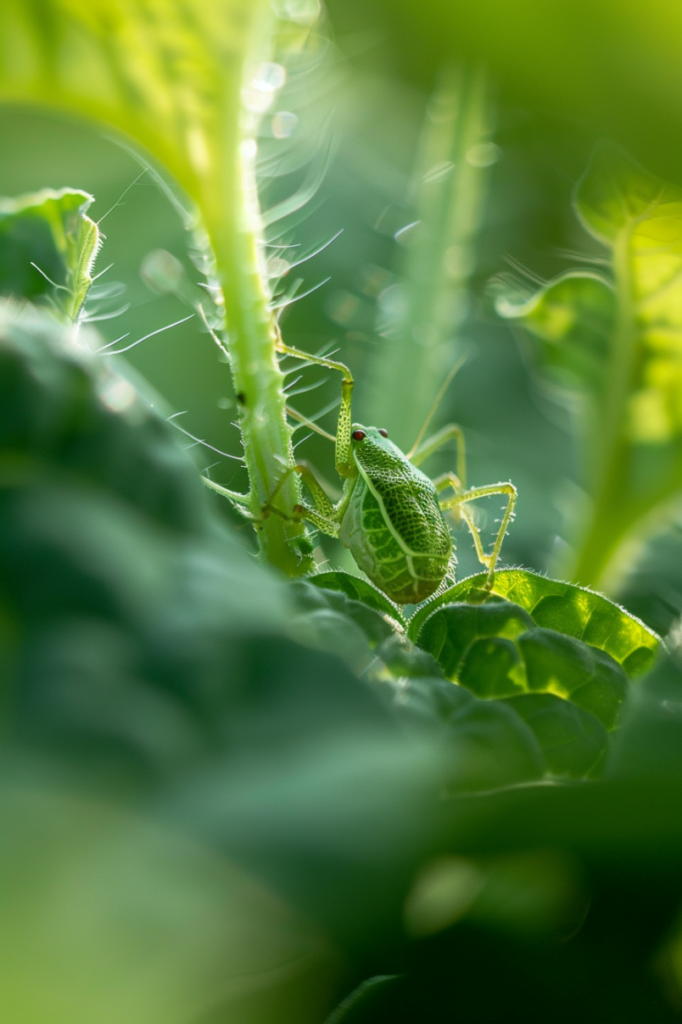
How to Control Pest Damages on Vegetable Plants
To control pest damage on vegetable plants, you can use a combination of preventative measures and control methods.
Here are some ways to control pest damage on vegetable plants:
Preventative measures
- Healthy plants: Keep your plants healthy by providing proper fertility, irrigation, and spacing. Healthy plants have better defense mechanisms against pests.
- Monitoring: Regularly inspect your plants for signs of pests or diseases, as early detection allows for quicker intervention.
- Sanitation: Remove infested plant materials and cultivate the soil to expose and destroy pests.
- Weed control: Keep the garden border areas mowed and trimmed, and cultivate the garden to prevent pests from hiding.
- Harvest early: Many insects are attracted to ripe or overripe fruits. Harvesting early can reduce the likelihood of pests infesting your crops.
Control methods
Cultural controls
- Crop rotation: Rotating crops helps disrupt the life cycles of pests and diseases, reducing their buildup in the soil. For example, planting tomatoes in a different location each year can help prevent the spread of soil-borne diseases.
- Companion planting: Certain plants emit odors or chemicals that repel pests or attract beneficial insects. For instance, planting marigolds alongside your vegetables can deter nematodes and other pests.
Physical controls
- Handpicking pests: Spend some time each day inspecting your plants and manually removing any pests you find, such as caterpillars or beetles.
- Barriers: Use physical barriers like row covers or netting to prevent pests from reaching your plants. This is particularly useful for protecting crops from flying insects like cabbage moths.
- Traps: Create pest traps to capture certain pests, such as beer traps for slugs and snails, pheromone traps, and fruit fly traps.
Organic controls
- Insecticidal soap: Use insecticidal soap to kill aphids and other soft-bodied pests.
- Neem oil: Spray plants with neem oil to control aphids, spider mites, and other pests.
- Pyrethrum: Use pyrethrum (extract of Chrysanthemum cinerariifolium) to control aphids, thrips, and other pests.
Biological controls
- Beneficial insects: Introducing predatory insects like ladybugs, lacewings, or parasitic wasps can help naturally control pest populations. Ladybugs, for example, feed on aphids, while parasitic wasps lay their eggs inside caterpillars, eventually killing them.
- Microbial pesticides: Microbial pesticides contain naturally occurring microorganisms that target specific pests. Bacillus thuringiensis (Bt), for example, is a microbial pesticide that selectively kills caterpillars while being harmless to beneficial insects and humans.
Chemical controls
- Broad-spectrum insecticides: Apply broad-spectrum insecticides, such as carbaryl or permethrin, to control aphids, armyworms, and other pests.
- Botanical insecticides: Use botanical insecticides, such as spinosad or pyrethrin, to control beetles and other pests.
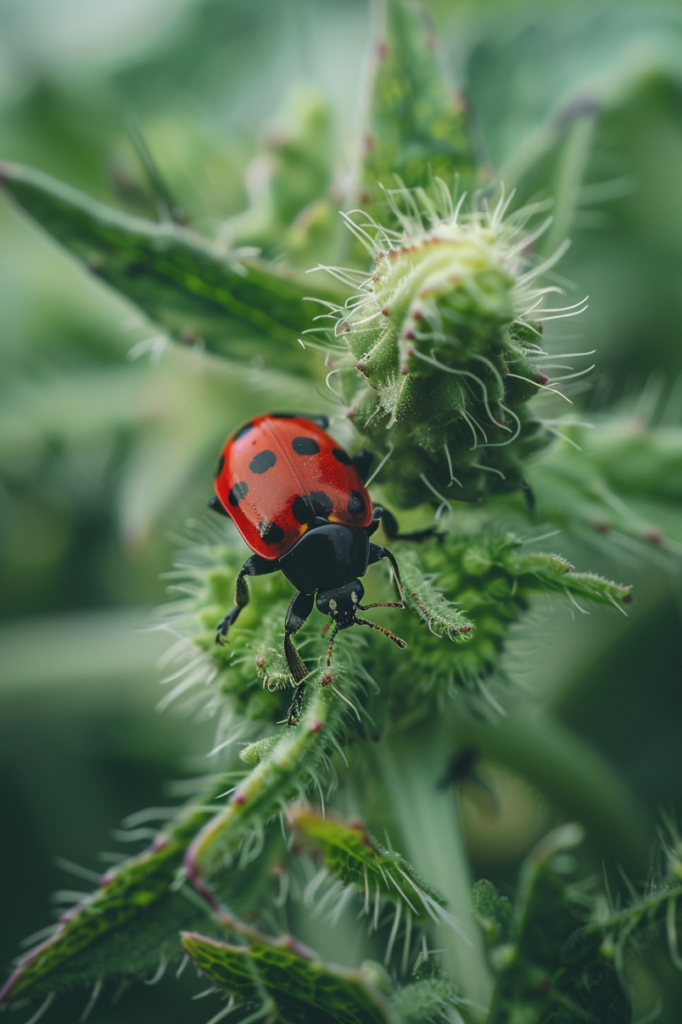
Conclusion
By implementing these integrated pest management strategies, you can protect your vegetable garden from pesky invaders and enjoy healthy, thriving plants throughout the season.
Remember, vigilance and proactive measures are key to keeping your garden pest-free and productive.
FAQs
Implement cultural controls such as crop rotation and companion planting, and practice good garden hygiene.
While chemical pesticides can be effective, consider organic options first and always follow safety guidelines when using any pesticide.
Act quickly to implement appropriate pest management strategies, such as handpicking pests or deploying traps, to prevent further damage to your plants.


